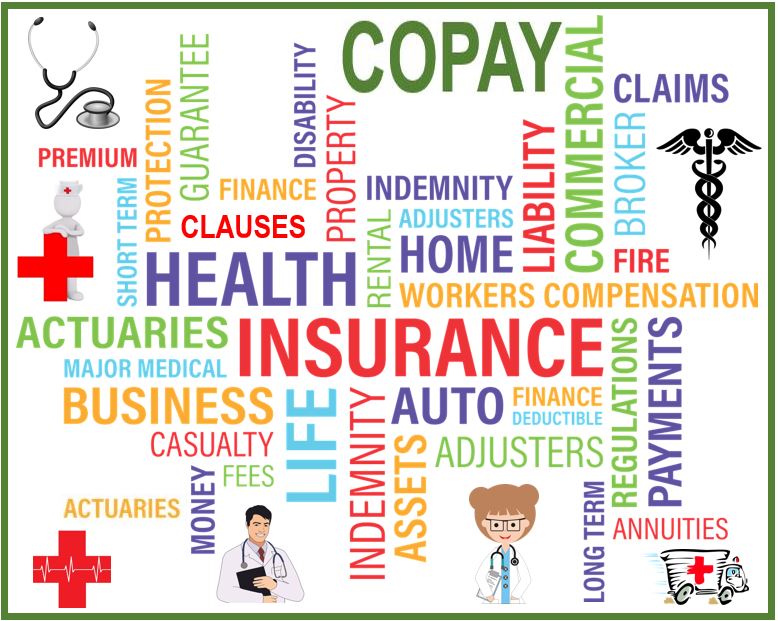

For example, if a medical service has a 20 percent coinsurance, you would pay 20 percent of the cost and your plan would pay the other 80 percent.
#Copay in health insurance free
For example, two clients with United Health Care plans can have different. An estimated 85 of adults without insurance live fewer than five miles from a site offering free vaccines for the uninsured, according to the CDC.

What is coinsurance?Ĭoinsurance is when you pay a percentage of the cost for an item or service. Copay amounts can differ, depending on the plan that your clients company negotiated. If your plan had a $0 prescription drug deductible, your plan would help pay for your prescription drug costs without you having to pay a certain amount first. For example, if your plan had a $200 prescription drug deductible, you would pay the first $200 of your prescription drug costs before your plan helps to pay. In simple words, the copay in health insurance is the percentage of the claim amount that is borne by an insured person under a health insurance policy. There could be a deductible on medical services or on prescription drug services, but not all plans have a deductible. What is a deductible?Ī deductible is the amount you pay for a service before the plan shares the cost of the service with you. Your plan may have a $0 copay for seeing your doctor, for example, in which case you would not have to pay a copay each time you visit your doctor. You may not always have a copay, however. Copays cover your cost of a doctor’s visit or medication. What is a copay?Ī copay is a fixed amount you pay for a health service, seeing your doctor, or filling a prescription.

All three are different types of cost sharing, which is the portion you pay for a medical service or prescription drug. The most common types are copays, deductibles, and coinsurance. But when it comes to payment types, it’s helpful to know the meaning of the different terms so you know what form of payment is required.


 0 kommentar(er)
0 kommentar(er)
